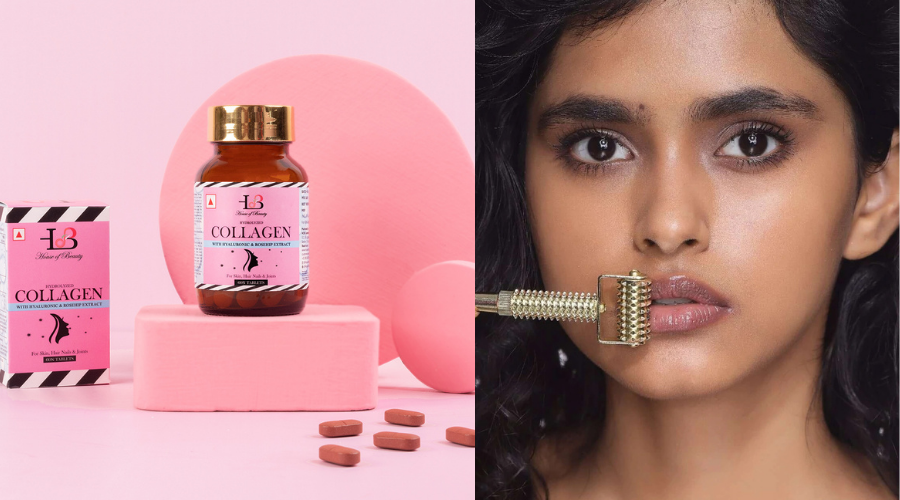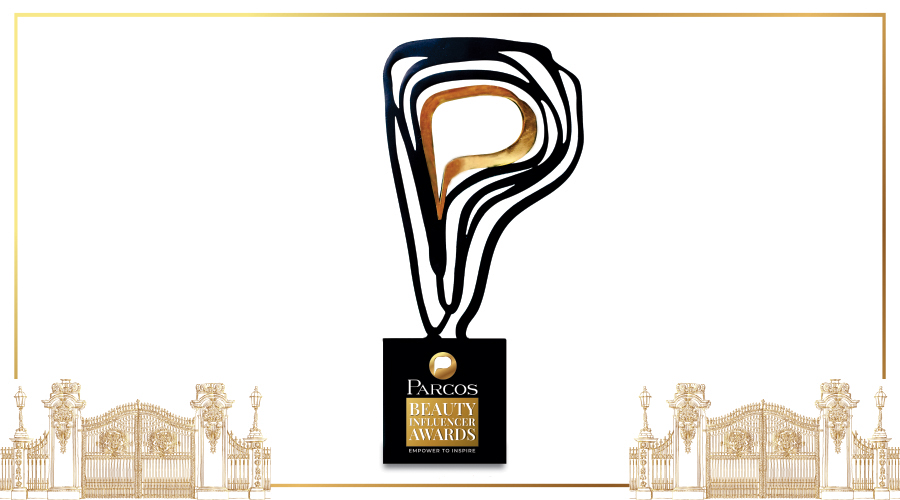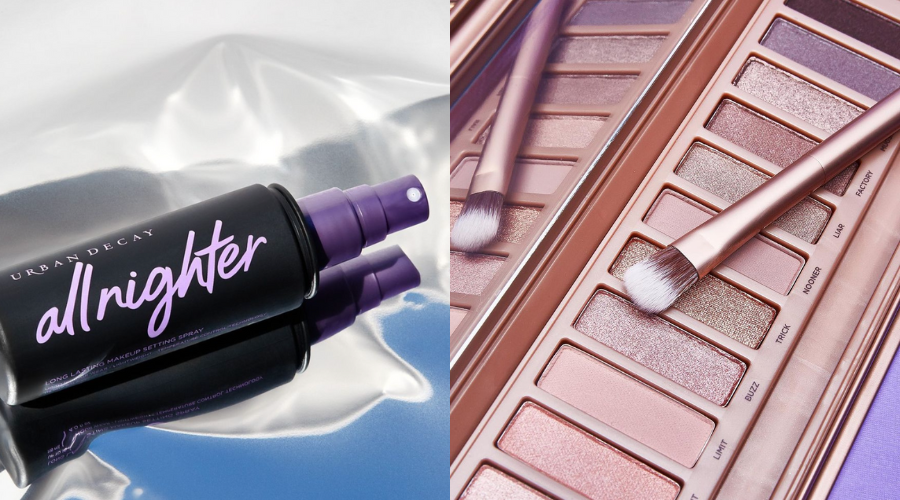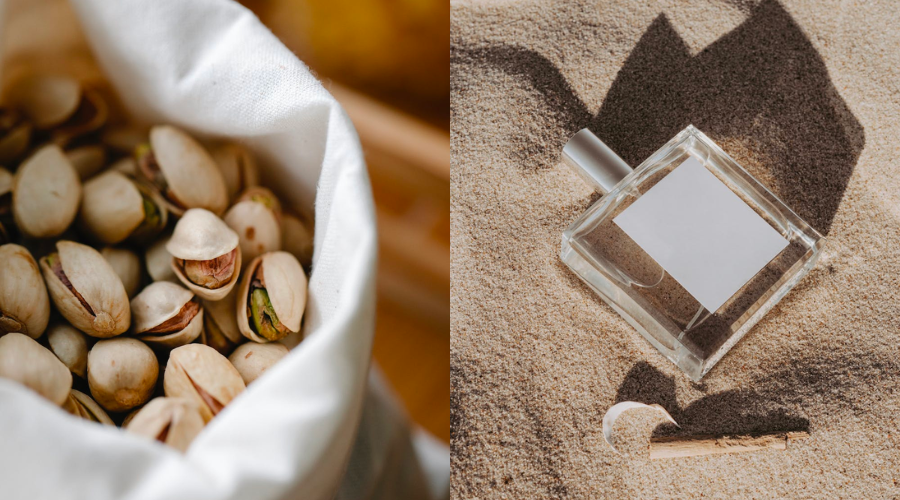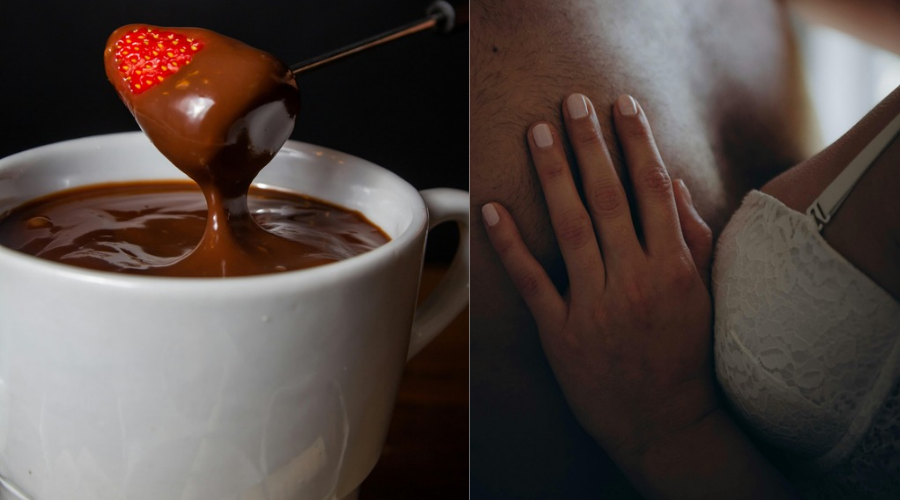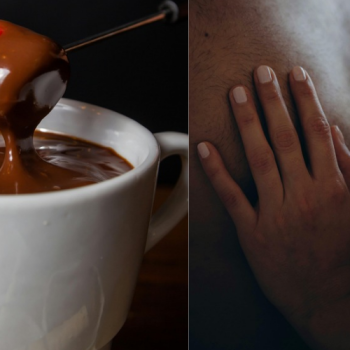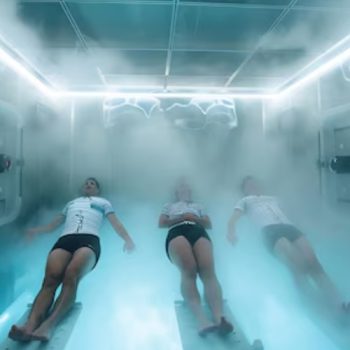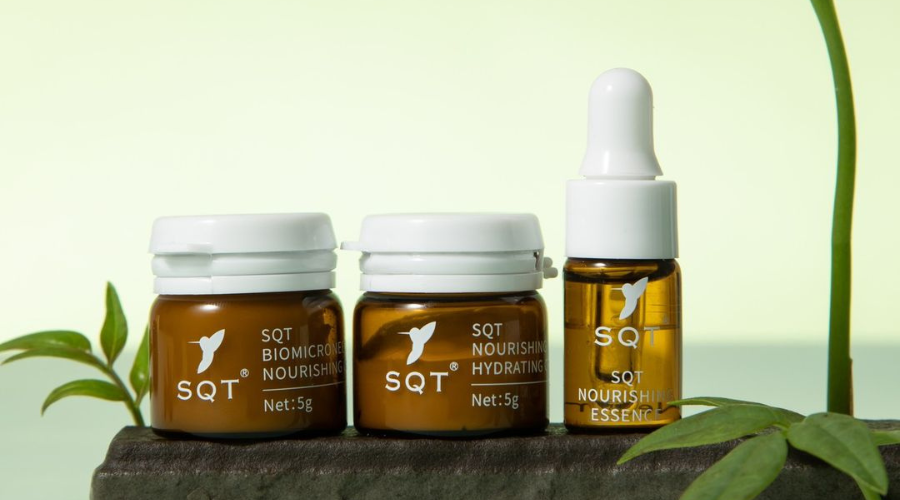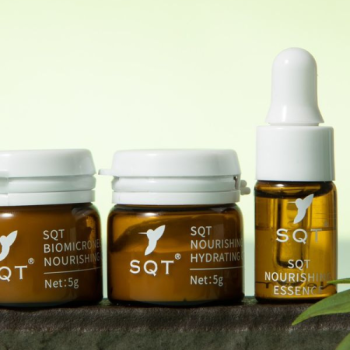Gather around kids, it’s time for a quick makeup lesson! For most of us, a makeup collection is incomplete without a couple of glow-boosting essentials. From illuminating primers to serum foundations that turn the skin into liquid gold, these products add luminosity to your natural complexion. A glistening finish to your makeup is something that many want and there are plenty of products that can help you achieve it.
Having said that, the MVP of glow-boosting essentials is the classic highlighter. Fun fact: makeup highlighters can be dated back to the 1500s when Elizabethan theatre performers used crushed pearl or silver powder to highlight and contour their faces. Later on, in the late 90s and early 2000s, beauty legends like YSL and M.A.C made highlighters accessible to the masses with cult classics like the Touché Éclat Highlighting Pen and Strobing Cream, respectively. The highlighter has been around for a while and has gone through numerous innovations. But none shook the makeup as much as illuminators did. Aren’t they supposed to be the same? Can they be used interchangeably? Let’s investigate!
Difference in Application – Highlighter vs Illuminator
Both, highlighters and illuminators, are formulated with luminous particles to give your skin a lit-from-within glow. But the key difference between these the two happens to be based on the application:
- Highlighters are applied to the high points of the face like cheekbones, cupid’s bow, below the brow bone, bridge of the nose, and the forehead. They are also used on spots like the tear duct and the tip of the nose.
- Illuminators, on the other hand, are applied all over the face for an evened-out tone, glowy finish, and bright complexion. These are usually used under the base to brighten up the dull skin.
So, while highlighters play with the idea of shadows and light to bring focus to the facial features that will naturally catch the light the most, illustrators even it out with a uniform glow all over. It’s also noteworthy that while highlighters are always applied after the makeup is done, illuminators follow no such rules. They can be used solo, before foundation and even over the powder too. A pro tip: if you are dusting powder illuminators, make sure to follow it up with a powder foundation; do not mix formulations. Powder illuminators under liquid foundations will make your skin look patchy.
The Formulation
In terms of formulations, both highlighters and illuminators are available in cream, powder, liquid, and stick format. The key difference is that highlighters are usually created to be thicker and more pigmented to achieve the concentrated highlighting action. They are also available in rose, peach, bronze and golden tints to give the makeup a high impact and sharp look.
On the other hand, illuminators are formulated to be quite sheer, lightweight and tinted with natural skin tones to achieve a subtle, LIT-from-within glow. They are often created in combination with skin-loving ingredients, which is a direct result of hybrid makeup products gaining popularity in recent times. While highlighters add definition to facial features, illuminators soften them up with a uniform glow.
Which One Should You Pick And Why?
You need to remember that while highlighters reflect light, illuminators diffuse them. Your ideal pick should be based on the kind of finish you desire. The trick is simple – highlighters will sharpen up your look and illuminators will give you a blurred, overall glow. Using the two interchangeably won’t fare well. Applying an illuminator as a highlighter will fail to draw enough light to the high points of the face. Vice versa, mixing a highlighter with face lotions or creams to use as illuminators can be a gamble as you cannot always judge how intense they will look. Leave it to the professionals to create an ideal glow cream for you!
Also, much like skincare, makeup products should be picked keeping the skin type in mind. It is often recommended for people with oilier skin types to avoid all-over illuminators as they can feel quite overpowering, lead to clogged pores, and appear extremely greasy if not primed properly. People with oily skin type are advised to use illuminators sparingly and instead, use more pigmented highlighters to brighten up certain sections of the face.

